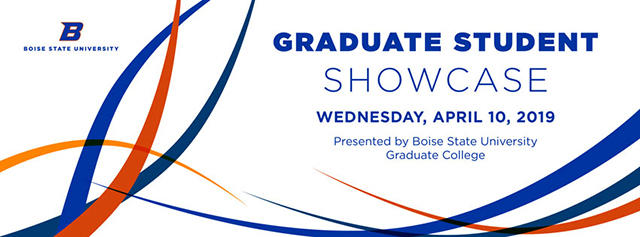Apnea Training and Physical Characteristics: Enhancement of the Dive Response, Apneic Time, and Recovery
Presentation Date
4-10-2019
Degree Program
Kinesiology, MS
Major Advisor Name
Shawn Simonson
Type of Submission
Scholarly Poster
Abstract
PURPOSE: The purpose of this study was to determine if CO2training tables are an effective means of enhancing apneic duration, the MDR, and recovery in untrained individuals, as well as determine if physical attributes affect differences in apnea training improvements. METHODS: 15 untrained healthy participants completed 3 facially immersed (FI) static apneas for pre, post, and time-mimicked (TM) testing after two weeks of training. Arterial oxygen saturation (SaO2),heart rate (HR), mean arterial pressure (MAP), fraction of CO2 in expired air (FECO2) and fraction of O2in expired air (FEO2) were used to assess the MDR and recovery. RESULTS: The easy-going phase was prolonged during the post and TM tests (p2and SaO2compared to the pre-test p. CONCLUSION: Two weeks of daily CO2breath-hold table training appears to enhance apneic duration as well as the oxygen conserving effect of the MDR, FVC, and body composition do not appear to affect the physiological adaptations to increasing apneic duration.

